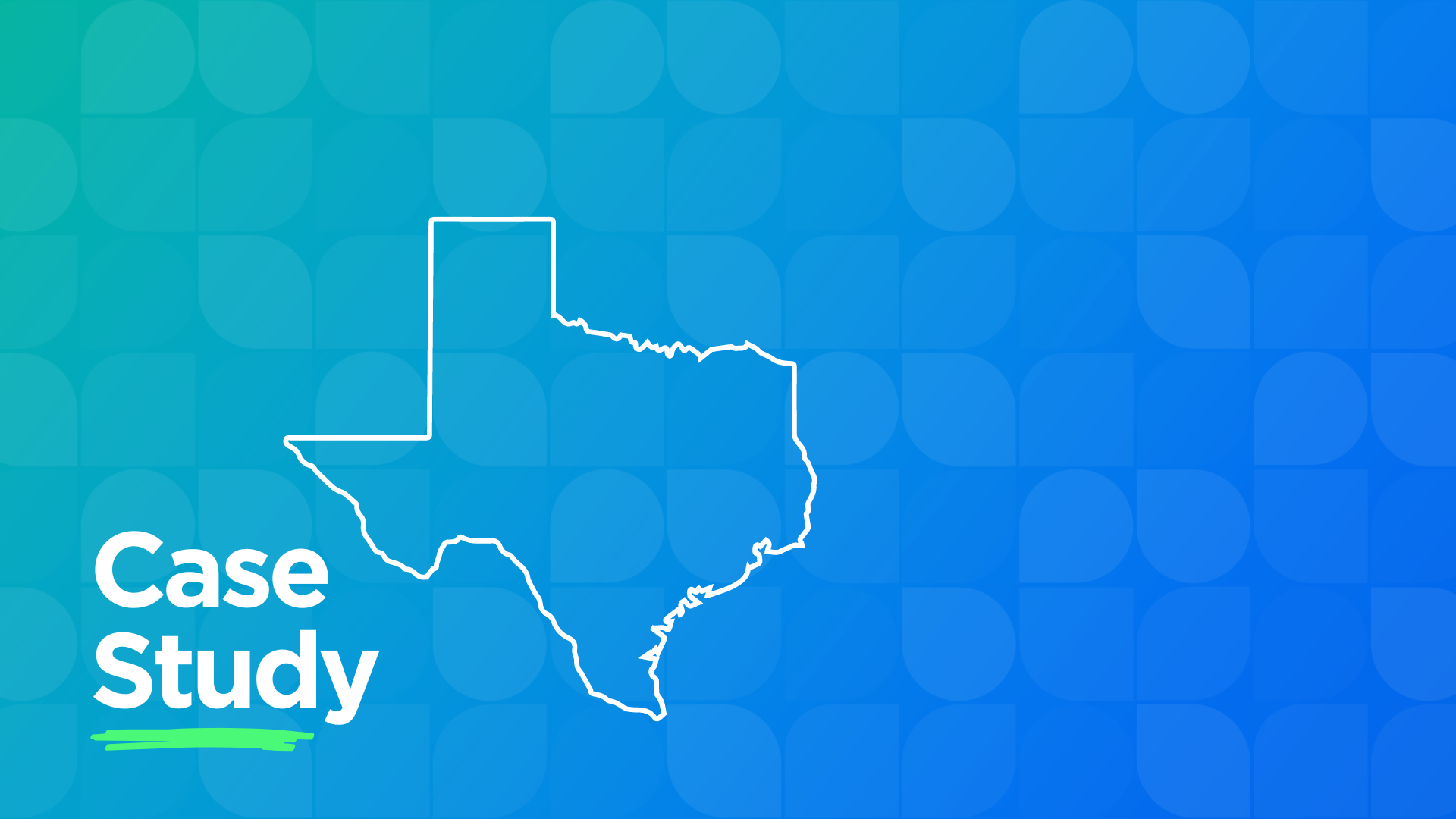Discussing Intentional Diversity with Summit Public Schools
Since charter schools are not constrained by residential zoning and segregation, they have a greater ability to recruit for and maintain a diverse student body.
Many innovative charter schools have intentionally employed strategies to integrate students from different racial and socioeconomic backgrounds — including recruitment, location selection, weighted admissions, pedagogy, and school culture.
SchoolMint’s Lory Pilchik interviewed Betty Chen Rojas, Summit Public Schools’ Director of Family Engagement, to discuss why diversity is one of Summit’s core values and how it plays out in student recruitment and school culture. Betty joined Summit in the spring of 2014, after a career in marketing and general management.
Read on to learn more about how Betty’s role at Summit taps into her passion for ensuring every child has a safe environment that promotes both academic and social–emotional development.
A Q&A on Recruiting a Diverse Student Body at Summit Public Schools
Lory Pilchik: What are the primary responsibilities of a Director of Family Engagement?
Betty Chen Rojas: Family engagement at Summit includes student recruitment as well as engaging our current parents to support students and our school community. The role was established in April of 2014 after we moved to a personalized learning model.
Summit wanted someone at an organization-wide level dedicated to proactively thinking about creating a positive family experience and taking a more strategic and data-driven approach to student recruitment.
LP: Why is diversity one of Summit’s core values?
BCR: Diversity has always been a core value at Summit. Diversity is intentionally embedded into our mission statement — to prepare a diverse student population for success in a four-year college or university, and to be thoughtful, contributing members of society.
We believe that, regardless of race, neighborhood or prior academic experience, every student is capable of high levels of academic and social achievement. We believe that students benefit from a diverse school environment that mirrors our complex world and deepens both academic and social learning.
LP: Is diversity defined by socioeconomics and ethnicity?
BCR: Diversity includes socioeconomics and ethnicity, but we think about it in a broader context as well. It also includes life experiences, attitudes, languages, and learning styles or differences. We encourage and value a variety of backgrounds and life perspectives that most closely align with our school’s communities.
LP: Why is a diverse student body important to and for Summit?
BCR: We believe, and research shows, that diverse student communities better prepare students for college and careers, where we need to collaborate with diverse groups of people and appreciate others’ differences.
Diversity creates a richer community where students can learn from each other. The type of intellectual, academic, and emotional learning that can be gained from each other in a diverse school mimics real-world experiences.
LP: How does diversity as a value influence your student recruitment efforts?
BCR: Summit’s values and benefits resonate in different ways with different populations. Consequently, our messaging needs to be more targeted.
Our outreach to feeder schools and to community organizations needs to be more focused, which means that our recruitment efforts need to be different for each community or population.
LP: What are some specific strategies around recruiting for a diverse student body?
BCR: It depends on the needs of each school or community. We closely monitor diversity in the application and enrollment process — school by school. And, if we’re not meeting particular goals, we develop strategies and tactics based on those data.
Those strategies could look different based on community but usually include some elements of direct marketing, flyers, community outreach, and canvassing at events in that area. The use of language, relevant publications, and referral networks also varies by community.
LP: How do you know if you’re not living up to your diversity values?
BCR: We are intentionally located in areas with diverse populations, so we compare our student population to the local district student population. We open our schools in communities with diverse school districts, which is one of the reasons we expanded to Washington state in Seattle and Tacoma.
LP: Will you share how diversity is fostered within a Summit school, and can you cite some examples?
BCR: Across our academic and extracurricular programming, creating safe, secure, close-knit communities is a key principle that guides our decisions. We create a strong culture that promotes respect, understanding, empathy, and inclusion of our diverse community members and perspectives.
For example, each of our students has a mentor and is part of a community group. Mentors meet with their community group every day to help foster a sense of belonging and develop meaningful relationships between students and faculty.
Students also take a Habits, Culture, and Community Class, during which students learn to understand each other and respect differences as well as strengthen community bonds.
Outside of our students’ academic schedule, our schools also host a camping trip at the beginning of each year with the goals of fostering community ties and building a sense of identity and pride within the school and within community groups.
These are just a few examples of the programming, norms, and experiences we cultivate in our schools to promote diversity and inclusion.
LP: Has the automation of your recruiting and enrollment process through SchoolMint supported your diverse recruitment practices in any way?
BCR: Automation helps with the tracking of data and makes it easier to “roll-up” (aggregate) data, analyze and report on data, and, ultimately, take action based on the information.
I use the SchoolMint platform to track application and enrollment progress on a regular basis. What is really important to me is tracking our monthly pacing vs. prior years on key application and enrollment metrics.
This includes things like total number of applications and offer-to-registration conversion by school. I can also track the effectiveness of certain marketing tactics with SchoolMint’s “how you heard about us” question and interest tracker.
Improve your application and lottery process with the leading K-12 enrollment software.
SchoolMint Enroll is the premier student enrollment management system for schools and districts that are serious about creating efficient processes for themselves and easy experiences for families.
Our comprehensive enrollment management software provides functionality for managing:
- Student Applications
- Lottery and Placement
- New Student Registration
- Returning-Student Registration
- ECE, CTE, Virtual School, Transfers, Magnet Programs, etc.
Share this
You May Also Like
These Related Stories

Cleveland Metropolitan School District: Streamlined K-12 School Choice Opens Doors for Students

Spring Branch Independent School District: Streamlined School Choice Boosts Parent Happiness


